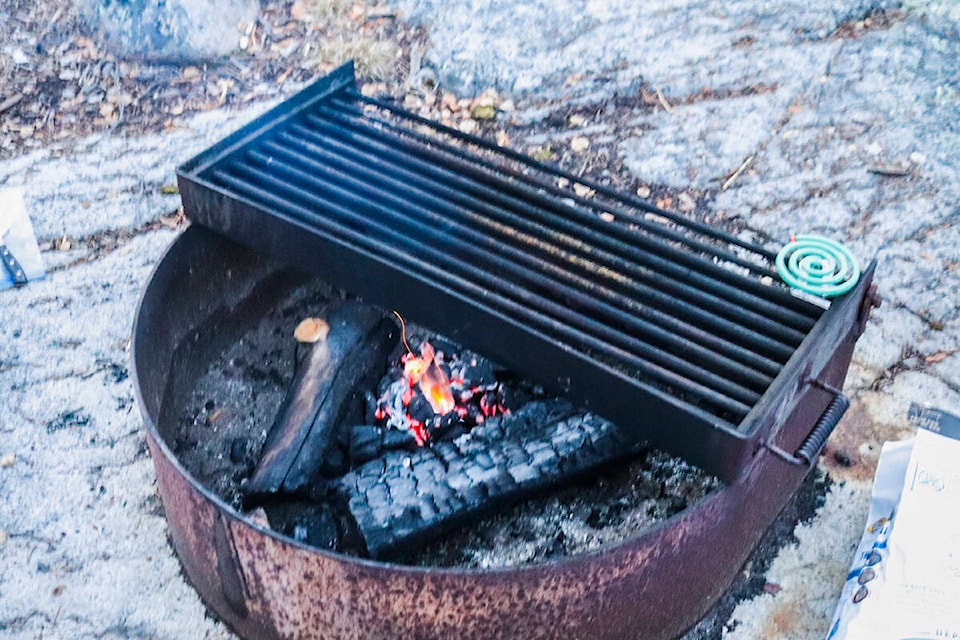Residents of the Northwest Territories should expect a relatively average wildfire season this year, with a risk of extreme fires around Great Slave Lake, according to the NWT’s manager of fire operations.
Richard Olsen made the comments as part of an update on the NWT’s ongoing forest fire season on Monday, June 20.
“In comparison to other years, the NWT is looking to be a little bit above average in terms of potential severity,” said Olsen, adding that there’s a particular risk of an “extreme type of fire behaviour centring around Great Slave Lake.”
Although the territory has surpassed the 10-year average number of fires for this point in the year, the total affected area is below average for the same time period: There have been 36 fires so far in 2022, compared to a 10-year average of 28 as of June 20, while about 2,180 hectares have been burned, compared to the 10-year average of 2,300 as of June 20.
There were 139 wildfires last year, during what Olsen called a “slightly below average fire season.”
He said the Beaufort Delta region and the South Slave around Hay River had a significant amount of snowfall this winter, reducing the chances of fires in those areas. Certain areas in the Sahtu region and around Hay River also have significant amounts of standing water. The Sahtu has otherwise had an average fall and average start to the spring.
By contrast, Olsen said the Dehcho region started out relatively wet, but some areas are starting to dry out significantly.
To deal with fires both ongoing and potential, the territory has 33 fire crews, plus four air tanker groups with a fifth on the way. At the time of the briefing, only two fires in the territory were being actioned: one southeast of Fort Resolution, and another near Trout Lake.
Department of Environment and Natural Resources (ENR) spokesperson Mike Westwick said the department is also undertaking “one of the most aggressive campaigns that we’ve ever done” on fire prevention.
For residents of communities with extreme fire warnings, Olsen says there are a number of measures they should take in addition to halting open-air fires, including trimming and watering their lawns, keeping wood and other flammable materials away from their homes, and having a household safety plan.
“People should always be vigilant in understanding that fire is both a natural part of our environment and our ecology, but it also has the chance to affect people’s values, and should be respected as such,” said Olsen.
